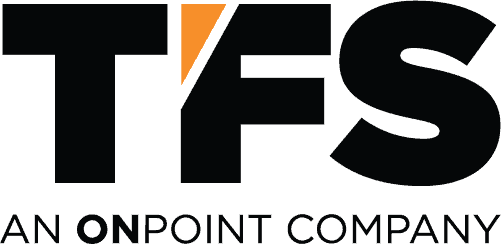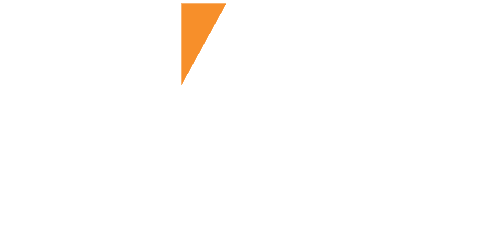 Few operations are immune to today’s supply chain headaches. Whether securing products or critical equipment, operations of every type are facing higher prices and longer lead times. And with no immediate relief in sight, the saying “make the most with what you got” rings truer than ever.
Few operations are immune to today’s supply chain headaches. Whether securing products or critical equipment, operations of every type are facing higher prices and longer lead times. And with no immediate relief in sight, the saying “make the most with what you got” rings truer than ever.
This supply chain stress puts more pressure than ever on material handling. When a forklift goes down, waiting for a new unit or replacement parts can have a direct impact on productivity. That’s why, in a sector where every second of downtime counts, there is value in establishing and optimizing a preventative maintenance (PM) program that will keep your team at full power.
At TFS, we’re huge believers in proactive forklift management. PMs are a big part of that—and naturally, so is data, which is crucial to both running and optimizing a strong maintenance program.
We recently sat down with TFS’ business intelligence team, and they walked us through the best ways to use data to guide your PM program. We found some of their tips surprising–and you may, too. Read on their tips.
Prioritize usage over age: We ran data science hypotheses on maintenance data across hundreds of sites. One of TFS’ insights is that asset utilization matters more than age in terms of wear and tear.
Max out at 4 PMs a year: One surprising finding is that, after 3-4 PMs a year, the ROI on more PMs becomes less valuable. In short: if you’re doing PMs regularly and thoroughly, most facilities can max out at four a year with negligible loss of efficiency.
Keep a digital record: You don’t have a PM program if you aren’t tracking service work accomplished on your assets over time and aligning that with hours usage data. We’ve found that the best way to do this is with a computerized maintenance management system (CMMS). Once assets are digitized, you’re able to keep tabs on equipment usage and alert technicians or service providers when preventative maintenance is required–ideally with a prescriptive maintenance approach. The idea behind digitizing assets is to anticipate and act on potential issues before they arise while promoting a culture of preventative planned maintenance.
Leverage real-time data: Preventative maintenance programs thrive on clean, relevant data. Smart sensors can be used on lifts to collect, assess, and deliver that usage data in real-time. This gives asset owners and power specialists a better understanding of how components are working together (e.g., batteries, chargers, lifts, etc.), as well as their overall condition and maintenance needs.
It takes a top-to-bottom buy-in: Without genuine buy-in from leadership, PM programs have little chance of survival. If you are a team that shelf planned maintenance anytime you are trying to trim operational spend, that means you and your organization. The data shows this is a recipe for cost disaster and volatility in future years. The good news is that there is data out there that proves the value of PMs–share that with your executives or partner with a team that has it to convince your teams to stay committed to a strong PM program.
Downtime is a four-letter word for any facility. Creating a strong and sustainable PM program goes a long way towards keeping lifts in action. With equipment lead times extending into the stratosphere, they are needed now more than ever.

